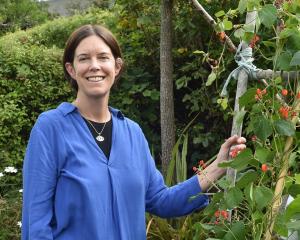Clive Trotman reviews James Cook: The Voyages, by William Frame and Laura Walker. Published by Bateman.

Traditional navigation required precise knowledge of these things in order to calculate position, which led to naval supremacy. The observations of the 1761 transit had not been too good. The scientific community and the Admiralty knew 1769 would provide the last chance for more than a century.
The transit happens once, must obviously be observed in daylight, with cloudless skies, and ideally crossing the centre of the sun, not near the edge. By calculation, Tahiti fitted the bill perfectly.
After the Admiralty declined, understandably, to allow a civilian scientist to command one of its ships, greatness was thrust upon farm worker’s son James Cook, who had gained a reputation as a cartographer and navigator. As Lieutenant in command of HMS Endeavour, his task was to carry astronomer Charles Green and a contingent of scientists to Tahiti in good time to set up their instruments.
Also aboard was renowned naturalist (later Sir) Joseph Banks, who was sufficiently well off to subsidise the voyage and take along his own staff of seven, including Daniel Solander, Dr Herman Sporing and Sydney Parkinson. Banks and his assistants busied themselves sketching flora in stunning detail and collecting a colossal trove of preserved specimens.
After the transit, Cook opened secret (but leaked) orders to search for a possible southern continent theorised to balance the great northern continents, and notably to treat local people with "every kind of Civility and Regard". Otherwise he was to explore New Zealand before heading home. Unfortunately, he collided with the reef while surveying the Australian coast and saved the ship, thanks to it having been converted from a strong-bowed Whitby collier and the supreme seamanship available on board.
That does not scratch the surface of the detailed coverage of Cook’s first great voyage in this magnificent work. The three great voyages (and in-between time) are described in encyclopaedic detail with the exploration plans, copies of original maps, paintings and engravings, manuscript accounts, drawings of the local inhabitants, their clothes, villages and boats.
It is interesting how historical personalities interact. Copies made by Larcum Kendall and John Arnold of the famous chronometer built by John Harrison, to solve the problem of measuring longitude, were tested aboard Commander Cook’s second world voyage. Breadfruit, found in Tahiti by Banks on Cook’s first voyage, was thought to be potential food for slave workers in the West Indies. Sailing master aboard Captain Cook’s ship Resolution for his third voyage in 1776-1780 was none other than William Bligh. In 1787 Bligh set sail for Tahiti in command of Bounty to collect breadfruit cuttings for the West Indies, which ended with the infamous mutiny.
Cook’s death in Hawaii in 1779, on his third voyage, has been controversial ever since. Resolution artist John Webber depicted him apparently holding off his own crew and trying to make peace with the local people after an incident. An opposite interpretation was painted around 1780 by John Cleverley, based on the account brought back by his brother, showing Cook and his men attacking the Hawaiians. This painting went missing and a later Cleverley painting, seemingly revised to fit the popular peacemaker scenario, became much reproduced, but the missing original came to light a few years ago.
This excellent book is well researched, richly illustrated and beautifully written by two leading British Library archivists.
- Clive Trotman is a Dunedin scientist and arbitrator














